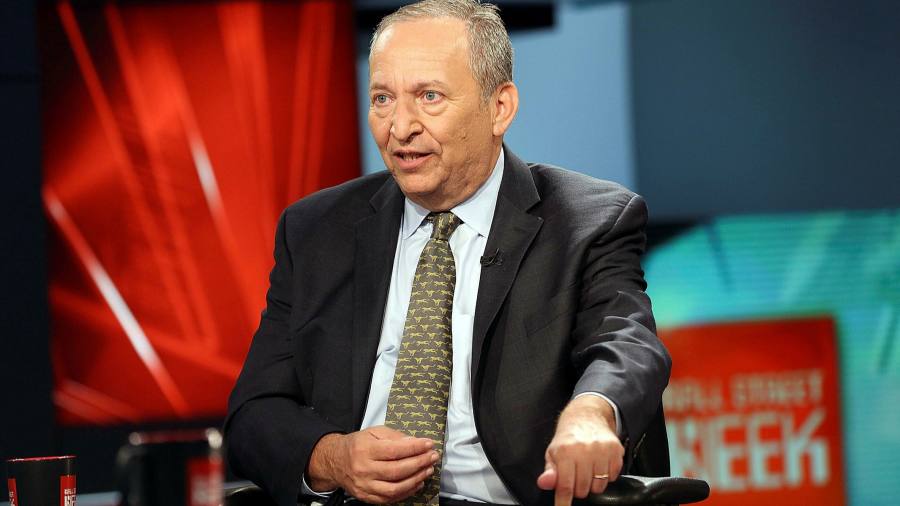[ad_1]
The job of the Federal Reserve, the central bank’s former chair Bill Martin once said, is to take away the punchbowl just as the party is getting started. With the prospect of a rapid economic bounceback in the US in the latter half of 2021 thanks to the combination of vaccines and fiscal stimulus, many are now asking whether the Fed’s commitments to keep rates low through to 2022 will mean that it could, in fact, be spiking the punch. If the Twenties do “roarâ€, as many economists are suggesting, then it could be as much for higher inflation as economic growth. The Federal Reserve must be mindful of these risks.
Former treasury secretary Larry Summers and former IMF chief economist Oliver Blanchard both warned congressional Democrats earlier this week that passing a $1.9tn spending package, on top of last year’s $900bn stimulus, could contribute to the economy “overheatingâ€. Summers argues that the size of the spending package, about 9 per cent of pre-pandemic national income, would be much larger than the estimate of the shortfall in economic output from its potential by the Congressional Budget Office. That, combined with loose monetary policy, the accumulated savings of consumers who have been unable to spend and already-falling unemployment could contribute to mounting inflationary pressure.Â
Many in markets appear to agree. Long-term US interest rates have risen to their highest level for a year — the yield on 30-year US treasuries reached 2 per cent for the first time since last February on Monday. The 10-year break-even rate, a market-based estimate of inflation, also rose to its highest level since 2014. After the victory of Democrats in senate elections in Georgia, inflation expectations have been steadily rising as many bet that the era of “lower for longer†could come to an end with a much more sizeable fiscal stimulus than the one that followed the 2008 financial crisis.
Making economic policy in the midst of extreme uncertainty is about balancing risks. If Congress, and the Fed, do too little then it could bring on yet another decade of economic weakness, declining living standards and political turmoil. If they do too much — as Summers and Blanchard suggest — then there is the potential for the kind of high inflation experienced in the 1970s followed by the painful disinflation of the 1980s. Neither would leave the US in a happy place.
Fed chair Jay Powell has signalled a more dovish tilt to policy since the pandemic began — allowing the US economy to “roar†at least a bit after decades of stagnant wages. He has indicated that the central bank will tolerate inflation rising above its 2 per cent target to offset periods when it has been below target. This is a sensible approach and could help the central bank to resist the mistakes of the decade following the financial crisis, when it prematurely tightened without much indication of rising inflation; the Fed has often been too keen to take away the punchbowl.
The Fed’s pledge to leave policy on hold until 2022, however, risks undermining its credibility: it cannot promise to be irresponsible. The central bank is the institution best placed to respond quickly to any change in inflation expectations and tighten if need be. The Fed will probably be able to look through a temporary increase in price growth, as the US economy reopens and supply bottlenecks from the pandemic make themselves felt. In the medium term, however, it must watch out for any sign that inflation expectations are rising and respond to the data rather than tie itself to the mast.
[ad_2]
Source link






